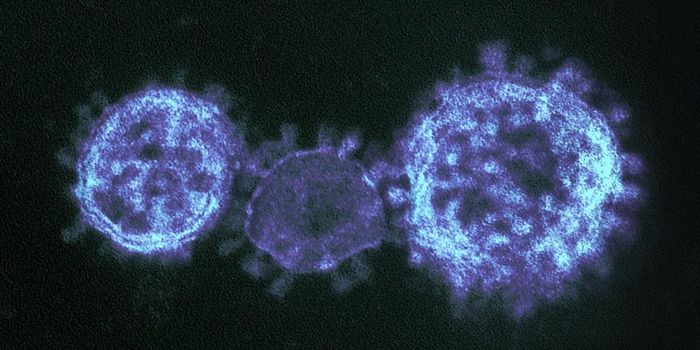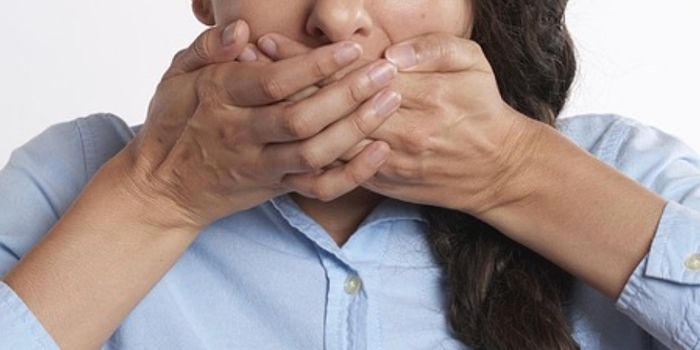Light signals algae to stick
Algae like Chlamydomonas use sunlight to perform photosynthesis, that’s old news. New research by Oliver Bäumchen from the Göttingen Max Planck Institute, however, shows that sunlight also tells algae when to adhere to surfaces. (That's new news.) According to Bäumchen, “in experiments with green algae, we found that the algae are sticky and able to adhere to surfaces only under certain light conditions.”
Image: Kenneth Ramos
To the armchair naturalist, this finding is pretty interesting on its own. To the people cultivating algae for biofuels, this finding is more than pretty interesting - it could change the way algae are grown in bioreactors.
Currently, bioreactors aren’t as efficient as they could be because algae stick to the surface of the culture containers - decreasing the amount of light that makes it into the entire culture. No light, no photosynthesis. No photosynthesis, no biofuel. Thus, Bäumchen’s research could help grow a better batch of biofuel.
The group used micropipette force sensors (which I don’t claim to fully understand) to measure the force of flagella-mediated adhesion to a surface in response to different wavelengths of light. Interestingly, they showed that adhesion could be switched on and off, as it were, by switching from white to red light.
Specifically, adhesion peaked when cells were exposed to blue light, suggesting that adhesion is mediated by a blue-light receptor in the algae - possibly phototropin or channelrhodopsins. This switch is surprisingly fast, after the white light was turned on, it took 10.6 ± 9.2 seconds for the flagella to make an adhesive contact with the surface.
Just how do cells make this switch from a free-living to adherent lifestyle? In a particularly clever experiment, Bäumchen and his group tested the effect of proteolysis on light-mediated adhesion. That is, they tested whether some surface-exposed protein mediated the surface attachment.
Under white light, treatment with a protease decreased adhesion. However (here’s the clever part), when they applied the protease under red light and then switched to white light, the cells adhered! This suggests that adhesion-promoting surface proteins are only exposed under adhesion-promoting light conditions!
Sources: EurekAlert and Nature Physics









